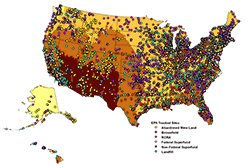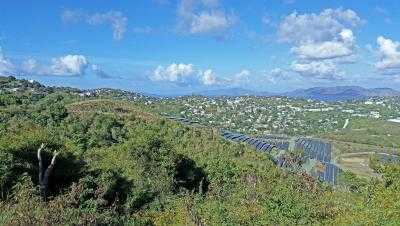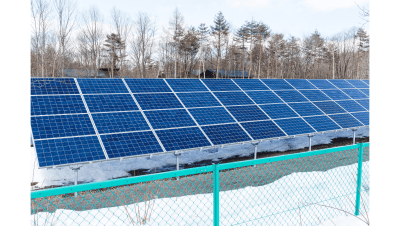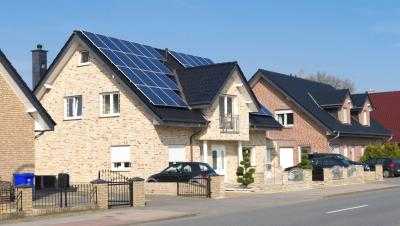EPA, DOE introduce tool for developing solar, wind on contaminated lands
 The Environmental Protection Agency (EPA) and the Department of Energy (DOE) introduced new tools for renewable energy project planners. The tools, a series of decision trees, were designed to make it easier for project developers to pursue such projects on roughly 490,000 sites and 15 million acres across the U.S. It’s offered partly as an alternative to developing projects on lands maintained by the Bureau of Land Management, which often is more pristine than other lands.
The Environmental Protection Agency (EPA) and the Department of Energy (DOE) introduced new tools for renewable energy project planners. The tools, a series of decision trees, were designed to make it easier for project developers to pursue such projects on roughly 490,000 sites and 15 million acres across the U.S. It’s offered partly as an alternative to developing projects on lands maintained by the Bureau of Land Management, which often is more pristine than other lands.
The decision trees can be used to evaluate a wide variety of sites for renewable energy development whether it be solar—thermal or photovoltaic, wind, geothermal or other, according to EPA spokesperson Mary Simms. “They can be used for evaluating former coal mine sites and nuclear waste sites. This decision tree targets sites such as brownfields, Superfund sites, RCRA sites, mining sites, landfills, abandoned parcels, parking lots, and commercial or industrial rooftops,” she said. “Coal mines and nuclear waste sites are potentially contaminated lands that fit within the list of targeted sites.”
Among other things the decision trees were developed to show financiers that the sites have been pre-screened by a standardized methodology for a variety of factors.“Using the tools can save valuable time and money because they enable people without solar expertise to identify which sites are the most eligible, rather than spending time and money on sites where solar isn't feasible.”
A site assessment alone can cost $1,000 to $2,000. “So you wouldn't want to pay for this on a site that is a ‘no-go’ for a reason that the solar decision tree can help you identify upfront,” Simms said. “You would reserve spending money for a detailed site assessment for sites that you have ‘screened’ to be good candidates, and the solar decision tree can be used for this.” She stressed that the tool isn’t a substitute for investigating the details about a potential solar or wind installation.
Such sites may have advantages for development over other sites. “For sites that have been cleaned up either to an industrial use, or are awaiting further assessment and still need cleanup, the land may indeed be cheaper to lease for purposes of renewable energy siting,” Simms said. “Another reason they may be more attractive to RE developers is that former or under-utilized industrial sites often have infrastructure already in place (transmission lines, transformers) and have power needs either on-site or nearby.”
When further cleanup at the site is needed onsite renewable energy can also be used to power the cleanup. “And can either provide power directly to the project, saving utility costs, or using funds from power purchase agreements to off-set the costs of cleanup,” Simms said. “We currently have at least two sites that are using power generated from solar farms to provide some of the electricity needed for the remedial actions that are ongoing,” she offered as an example.
At this point the decision trees are in PDF format, but they could take on a more interactive form in the future, according to Simms. In the future such a tool could be Web-based and guide users through the trees as they make decisions.



